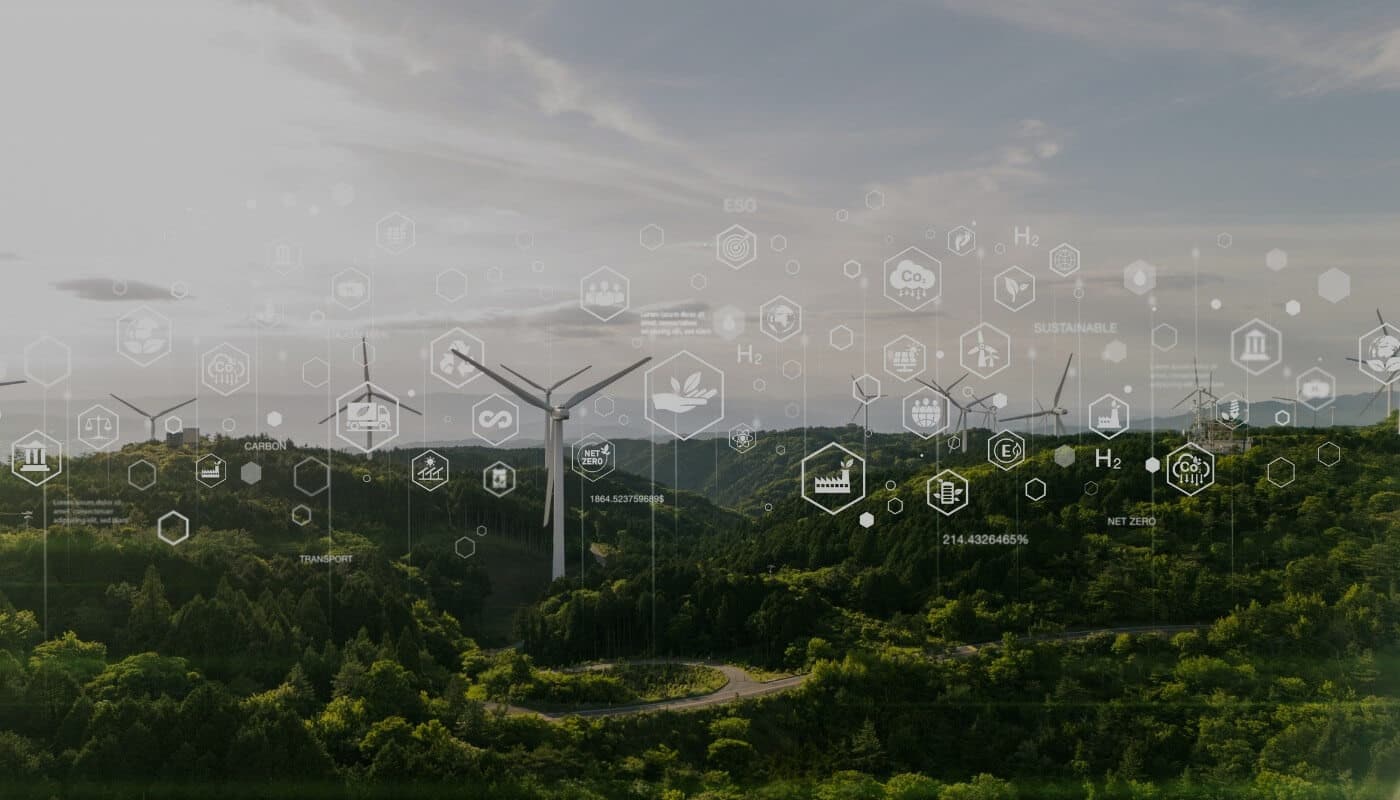Introduction
In an era where AI-driven advancements are reshaping every corner of the business, the imperative of Digital Transformation cannot be emphasized enough. Many industries are undergoing a seismic shift due to technological prowess, leaving enterprises with a stark choice: evolve or risk obsolescence. This riveting expose delves into the profound realm of Digital Transformation, unearthing its momentous implications while shedding light on the palpable apprehensions surrounding the potential displacement of human roles. Embark on this journey with us as we unravel the enigmatic keys to triumph in this epoch of radical metamorphosis.
Decoding Change Leadership Amidst the AI Revolution
In a world where AI orchestrates grand transformations, decoding change leadership amidst the digital maelstrom becomes the pivotal compass for organizational triumph. The art of change leadership takes centre stage, wielding the power to adeptly navigate teams through the intricate maze of technological upheaval. It demands a panoramic understanding of the digital ecosystem, an acute awareness of burgeoning trends, and an intelligent grasp of how digital disruption is revolutionizing various sectors. Change leaders stand as sentinels of adaptability, embracing the potential of technology to ignite innovation and streamline operations. Their mantle extends to shepherding the assimilation of novel digital tools and nurturing a culture of perpetual evolution. Armed with a committed vision, they foster collaboration, encourage risk-taking, and pave the way for enduring digital transformation, propelling enterprises toward unprecedented growth and competitive prowess in the digital epoch.
So what makes a top manager an Effective Change Leader?
Let me share my thoughts.
In the dynamic landscape of modern business, organizations cannot overstate the importance of transparency. When embarking on organizational change, leaders must recognize that transparency is the foundation of trust and credibility. Clearly articulating the business rationale for the proposed change is crucial, as it enables employees to understand the reasons behind the shift and align their efforts accordingly. However, beyond simply communicating the vision, it is equally vital to create a safe space for impacted employees to voice their concerns openly and without fear of repercussions. Demonstrating empathy and robust support throughout the transition process fosters a sense of reassurance and loyalty among the workforce.
Furthermore, employee retraining and equipping with updated toolkits are essential to any significant organizational transformation. Employees must feel empowered with the skills and knowledge required to adapt to the new landscape and contribute effectively to the company’s objectives. Neglecting to invest in retraining can lead to resistance and a lack of enthusiasm for change, hindering the overall adoption process.
To facilitate a smooth and successful transformation, it is incumbent upon the organization to actively support and nurture the adoption of the changes. This support entails providing ongoing guidance, resources, and incentives to encourage employees to embrace the new direction wholeheartedly. Through this collaborative effort, organizations can cultivate a unified and motivated workforce.
In conclusion, a focus on transparency, clear business rationale, a supportive environment for employees, and proactive retraining efforts are integral to the success of any transformative initiative. Organizations can pave the way for a brighter future by prioritising these crucial aspects. I am eager to engage in discussions and offer further input to drive businesses towards success.
Let’s see some successful examples from companies that nurture AI-Driven Change Leadership.
|
Company
|
AI-driven Initiatives
|
Results
|
|---|---|---|
|
Amazon
|
ML-powered Recommendation Systems
|
|
|
Google
|
AI-driven Search Algorithms
|
|
|
Netflix
|
AI-based Content Recommendations
|
|
|
Tesla
|
Self-Driving Technology
|
|
|
IBM
|
IBM Watson AI Platform
|
|
|
Microsoft
|
AI-driven Speech Recognition
|
|
|
DeepMind
|
AlphaGo
|
|
|
Alibaba
|
AI-driven Personalization
|
Tools and Resources for AI-Powered Change Leadership
AI-powered change leadership is a dynamic approach that integrates artificial intelligence and leadership practices to drive organizational transformation. Leveraging AI tools and resources can significantly enhance change management and facilitate decision-making. Here are some tools and resources that can be beneficial for AI-powered change leadership:
- Data Analytics Platforms: AI thrives on data, and data analytics platforms are crucial for extracting insights and patterns that inform change initiatives. Platforms like Tableau, Power BI, and Qlik provide powerful visualization and reporting capabilities, allowing leaders to understand the organization’s current state, identify trends, and make data-driven decisions.
- Natural Language Processing (NLP) Tools: NLP tools enable machines to understand, interpret, and generate human language. Platforms like spaCy, NLTK, and Hugging Face Transformers can help leaders process large volumes of unstructured data, such as customer feedback, employee surveys, and social media sentiments, to gain deeper insights into stakeholder perspectives and concerns.
- Predictive Analytics Solutions: Predictive analytics tools utilize AI algorithms to forecast future outcomes. Using tools like IBM Watson Analytics or Microsoft Azure Machine Learning, leaders can anticipate potential challenges and opportunities, allowing them to plan and execute change strategies more effectively.
- Change Management Software: There are AI-powered change management tools explicitly designed to streamline and optimize the change process. These tools often include project planning, communication, collaboration, and progress-tracking features.
- AI Chatbots: AI chatbots can enhance communication and engagement during the change process by responding instantly to common queries and concerns. Tools like Chatfuel, Dialogflow, and Microsoft Bot Framework enable leaders to build AI chatbots tailored to their organization’s needs.
- Machine Learning for HR: For organizations undergoing significant changes, using machine learning tools in HR processes can improve talent acquisition, employee engagement, and performance management. Tools like Workday, SAP SuccessFactors, and Oracle HCM Cloud integrate AI and analytics to enhance HR functions.
- AI-Powered Virtual Collaboration Platforms: Virtual collaboration platforms like Microsoft Teams and Slack have integrated AI capabilities that can improve team productivity, communication, and coordination, which are essential during periods of change.
- AI Ethics Frameworks and Guidelines: While leveraging AI in change leadership, it is crucial to consider ethical implications. Familiarize yourself with AI ethics frameworks and guidelines from organizations like OpenAI, Google AI Principles, and Microsoft AI Principles.
When utilizing AI-powered tools in change leadership, it is essential to balance the technological advantages with the human touch. Leaders should actively engage stakeholders, communicate transparently, and create a supportive environment to foster successful change initiatives.
Conclusion
Embracing change leadership in the context of digital transformation is vital for organizational success in today’s fast-changing business landscape. Transparency, empathy, retraining, and proactive support are crucial for influential change leaders. Leaders can drive successful change initiatives when combined with AI-powered tools and resources.
While AI can enhance change management, the human touch remains essential. Striking a balance between technology and human engagement will propel organizations forward in the digital age.
Stay curious and innovative as you embark on the transformative journey of change leadership and AI-powered transformation. Thrive in the ever-evolving business world, and don’t hesitate to explore more on change management. You can read more in my previous blog. Let’s lead together towards a prosperous future.



